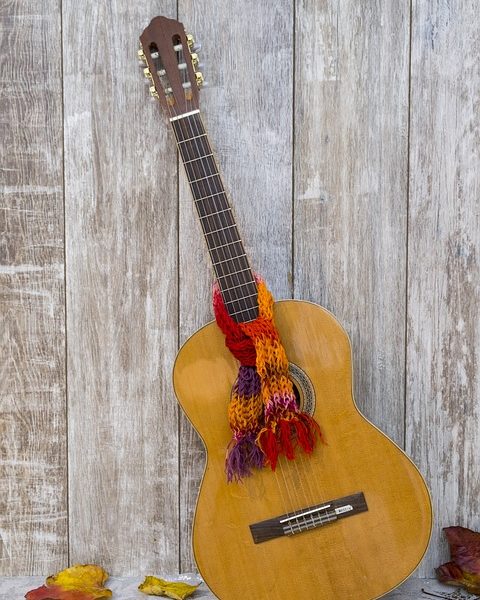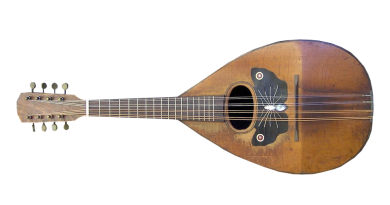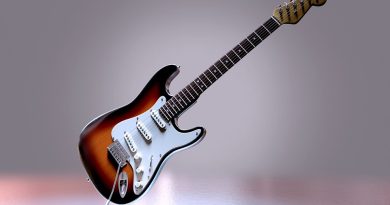Mastering Fingerstyle Guitar Chords: A Comprehensive Guide
Mastering Fingerstyle Guitar Chords: A Comprehensive Guide
As a guitarist, mastering fingerstyle guitar chords is an essential skill that can take your playing to the next level. Fingerstyle playing allows you to create a full, rich sound that combines melody, harmony, and rhythm all in one. In this comprehensive guide, we will break down the essentials of mastering fingerstyle guitar chords, including techniques, practice tips, and common challenges.
Understanding Fingerstyle Guitar Chords
Fingerstyle guitar playing involves using your fingers to pluck and strum the strings of the guitar, rather than using a pick. This technique allows for more intricate and nuanced playing, making it a popular choice for many acoustic guitarists. Fingerstyle chords are typically played using a combination of your thumb, index, middle, and ring fingers, with each finger assigned to a specific group of strings.
Key Fingerstyle Chord Techniques
1. Thumb Independence: Developing independence in your thumb is crucial for fingerstyle playing. Practice plucking bass notes with your thumb while simultaneously playing melody or chord notes with your other fingers.
2. Finger Placement: Make sure to place your fingers close to the strings to reduce unnecessary movement and improve accuracy. Each finger should be assigned to a specific group of strings to maximize efficiency and control.
3. Rest Stroke Technique: Utilize the rest stroke technique, where your finger plucks the string and rests on the adjacent string, to create a full and resonant sound. This technique is commonly used in classical guitar playing and can also benefit fingerstyle chords.
4. Dynamics: Experiment with varying the pressure and angle of your finger plucks to achieve different dynamics and tones. Playing softly with a light touch can create a delicate and intimate sound, while digging in with more force can produce a bold and powerful sound.
Practice Tips for Mastering Fingerstyle Chords
1. Start Slow: Begin by practicing fingerstyle chords at a slow tempo to focus on accuracy and technique. Gradually increase the speed as you become more comfortable with the chord shapes and finger movements.
2. Use a Metronome: Practicing with a metronome can help improve your timing and rhythm, essential elements of fingerstyle guitar playing. Start at a comfortable tempo and gradually increase the speed as you build proficiency.
3. Focus on Muscle Memory: Repetition is key to developing muscle memory for fingerstyle chords. Practice regularly and consistently to build strength, dexterity, and coordination in your fingers.
4. Learn Chord Progressions: Practice fingerstyle chords within common chord progressions to develop your ability to transition smoothly between chords. This will help you build fluency and confidence in your playing.
Common Challenges in Mastering Fingerstyle Chords
1. Finger Independence: Developing independence in your fingers can be a challenge for many guitarists, especially when transitioning between complex chord shapes. Practice exercises that focus on individual finger movements to improve coordination and control.
2. Barre Chords: Barre chords are commonly used in fingerstyle playing and can be challenging due to the need for consistent pressure and finger strength. Focus on proper finger placement and hand positioning to achieve clean and clear barre chord sounds.
3. Nail Maintenance: Maintaining good nail hygiene is important for fingerstyle guitar playing, as long nails can hinder finger movement and accuracy. Keep your nails trimmed and filed to ensure smooth and precise plucking.
In conclusion, mastering fingerstyle guitar chords requires dedication, practice, and patience. By focusing on key techniques, practicing consistently, and overcoming common challenges, you can enhance your fingerstyle playing and create beautiful, expressive music on the guitar. Embrace the journey of learning fingerstyle chords and enjoy the unique sound and creativity it can bring to your guitar playing.






